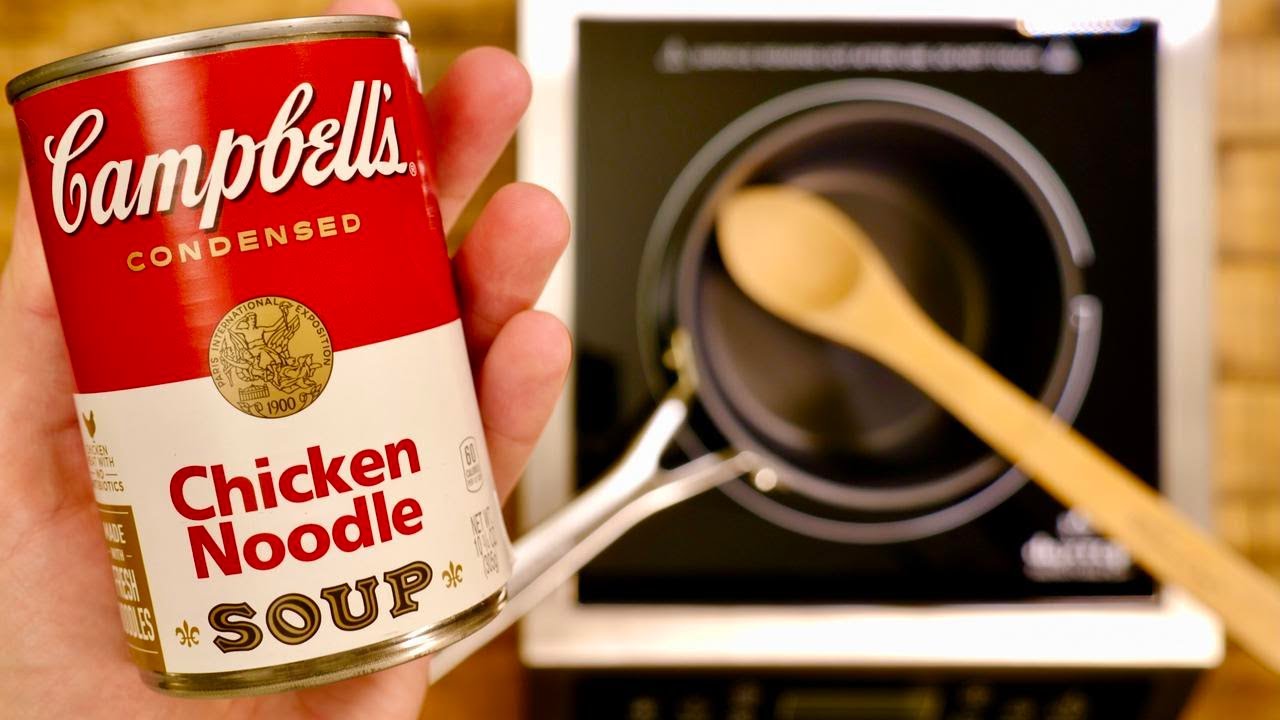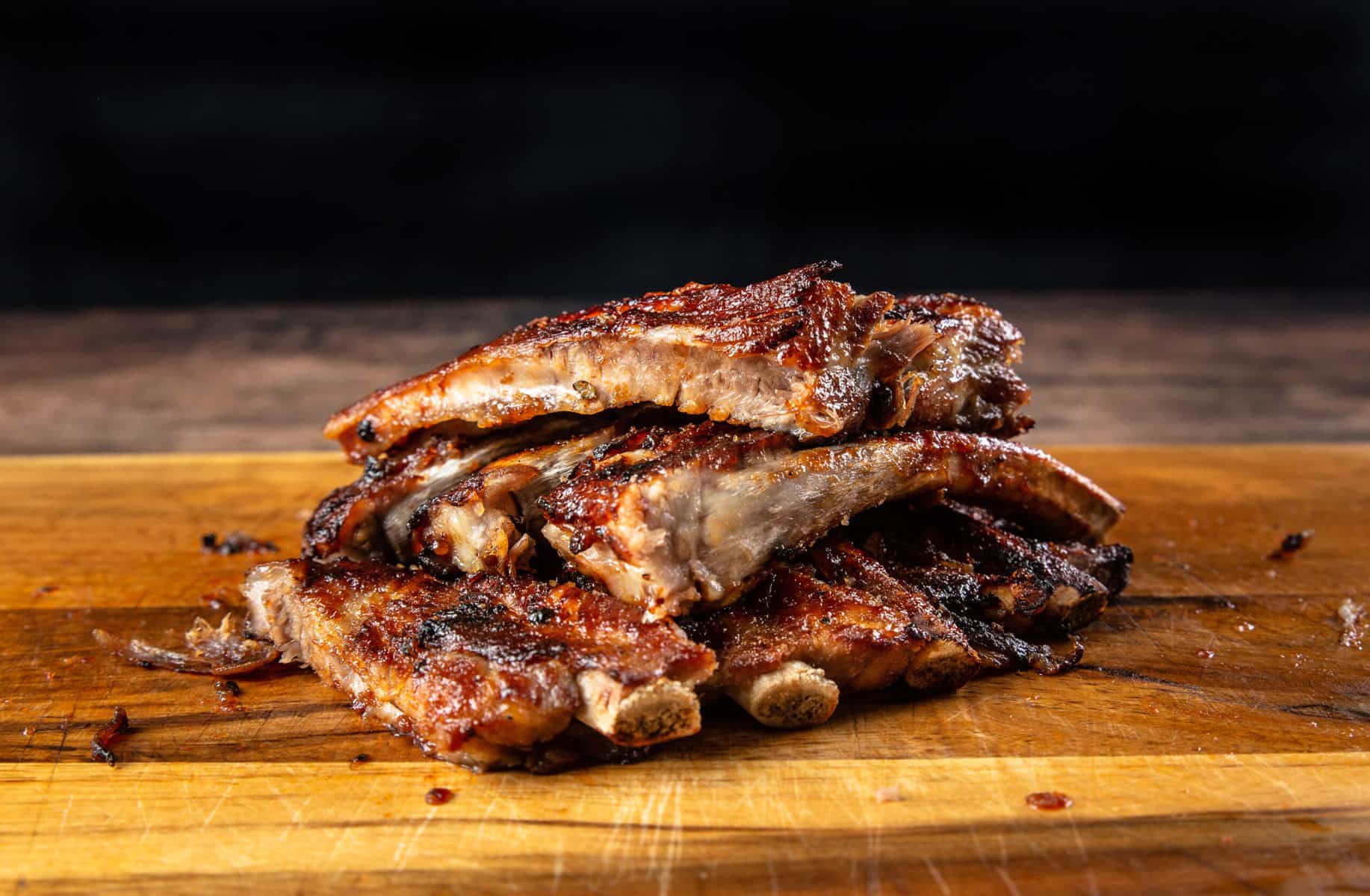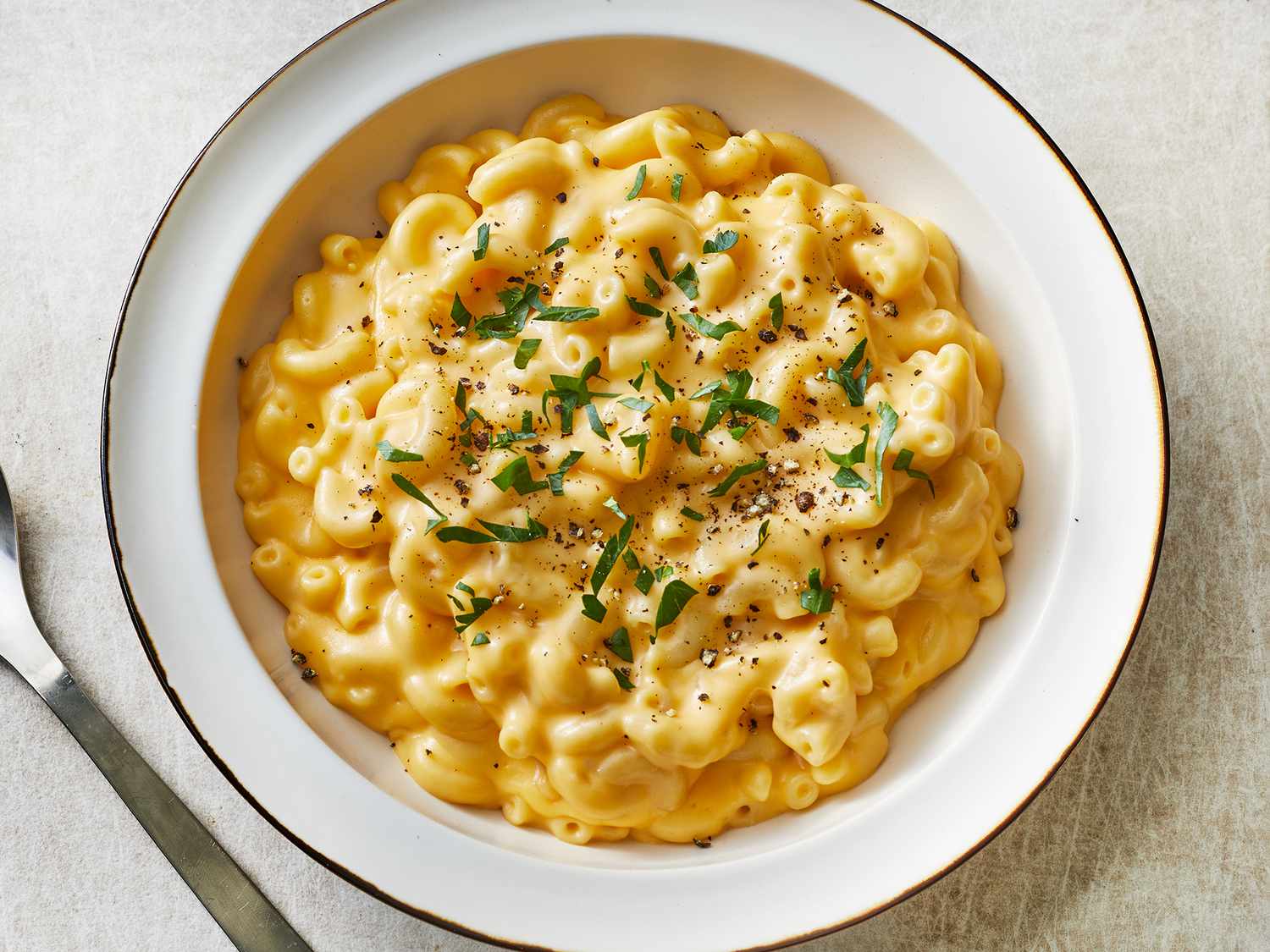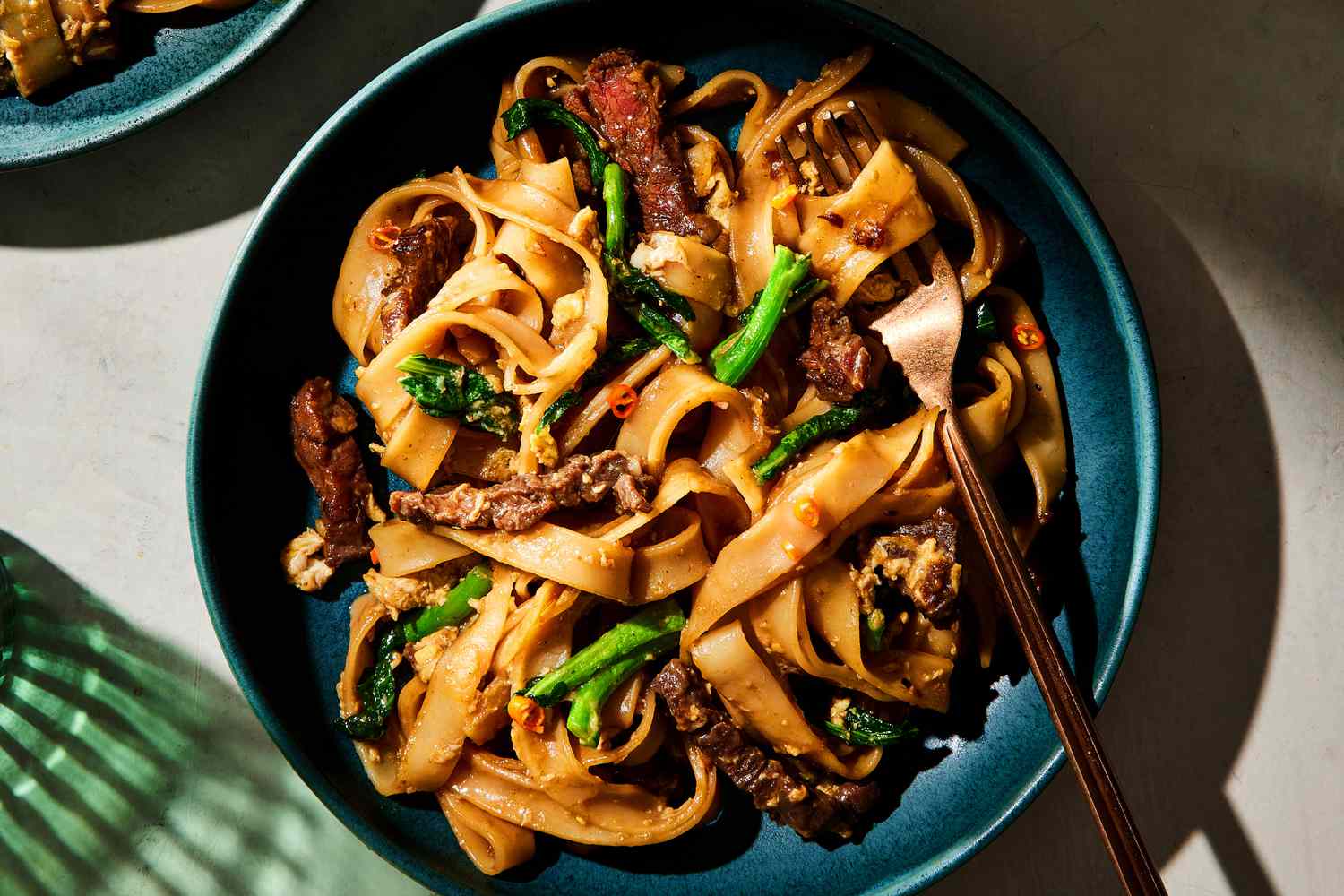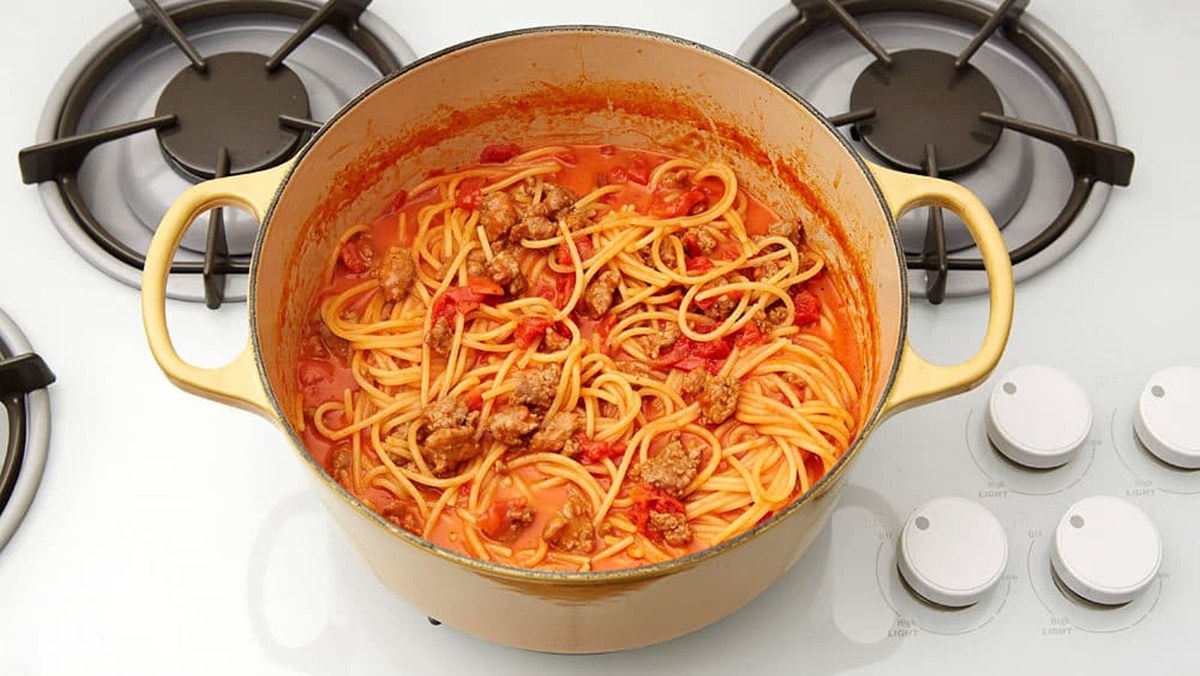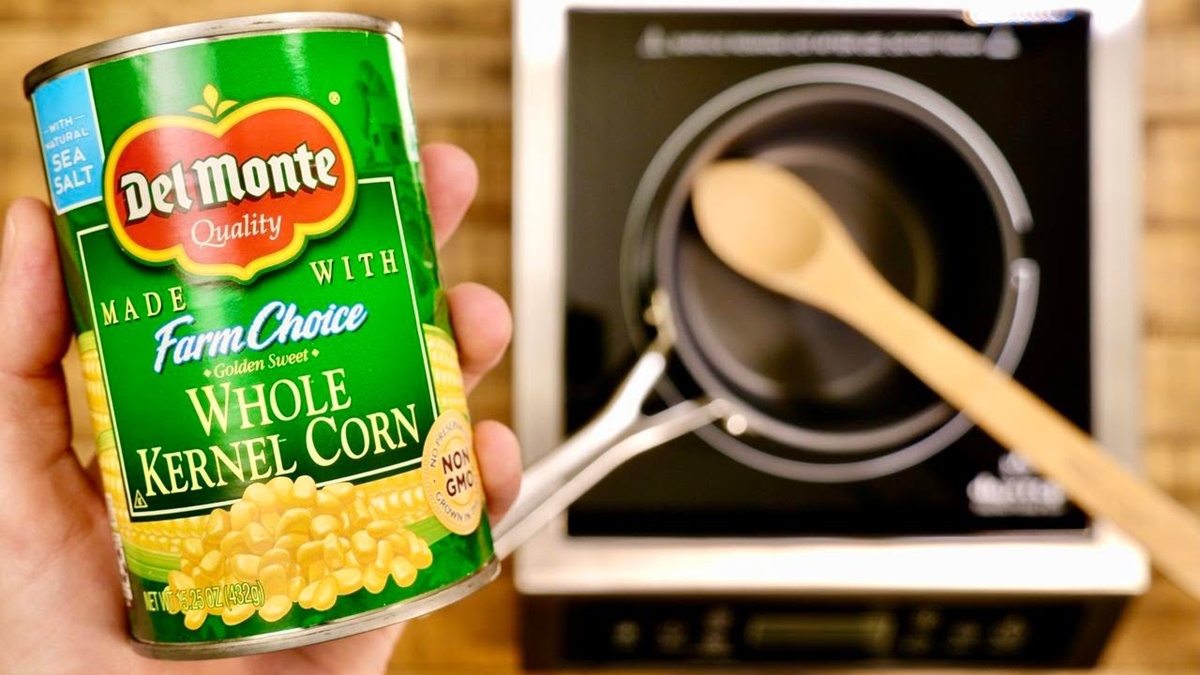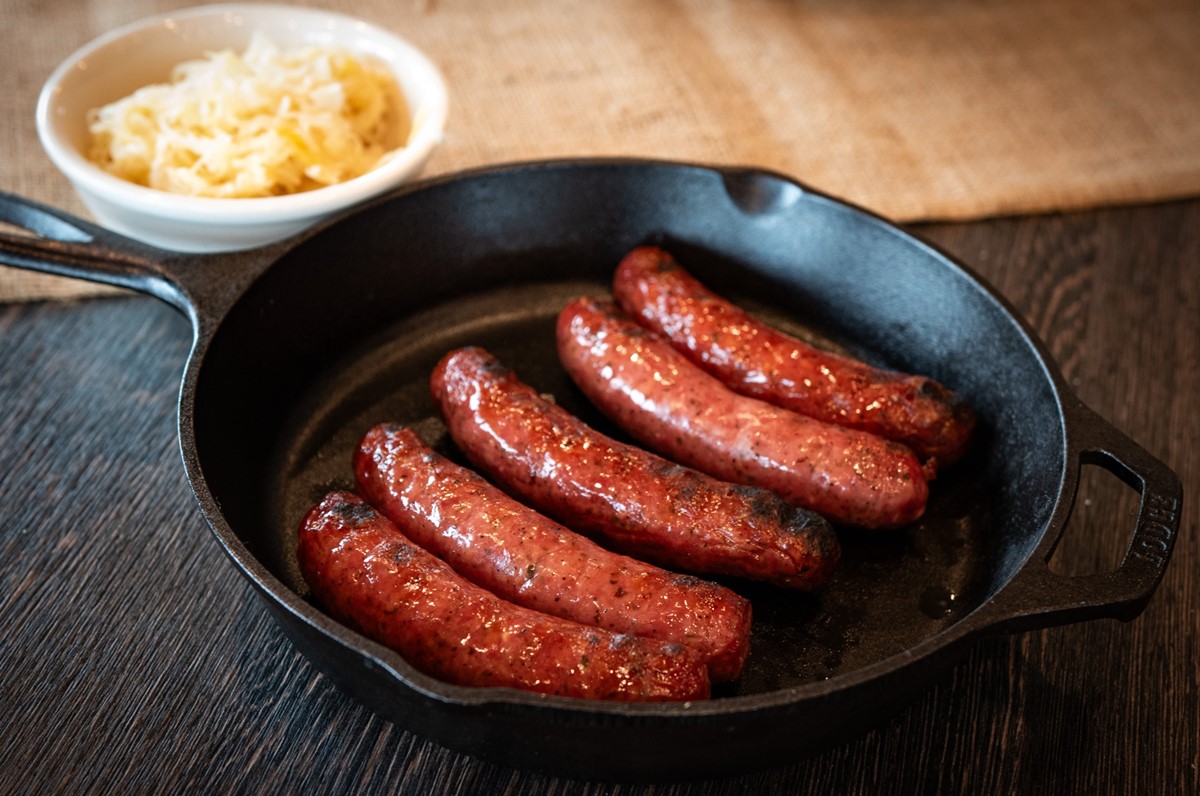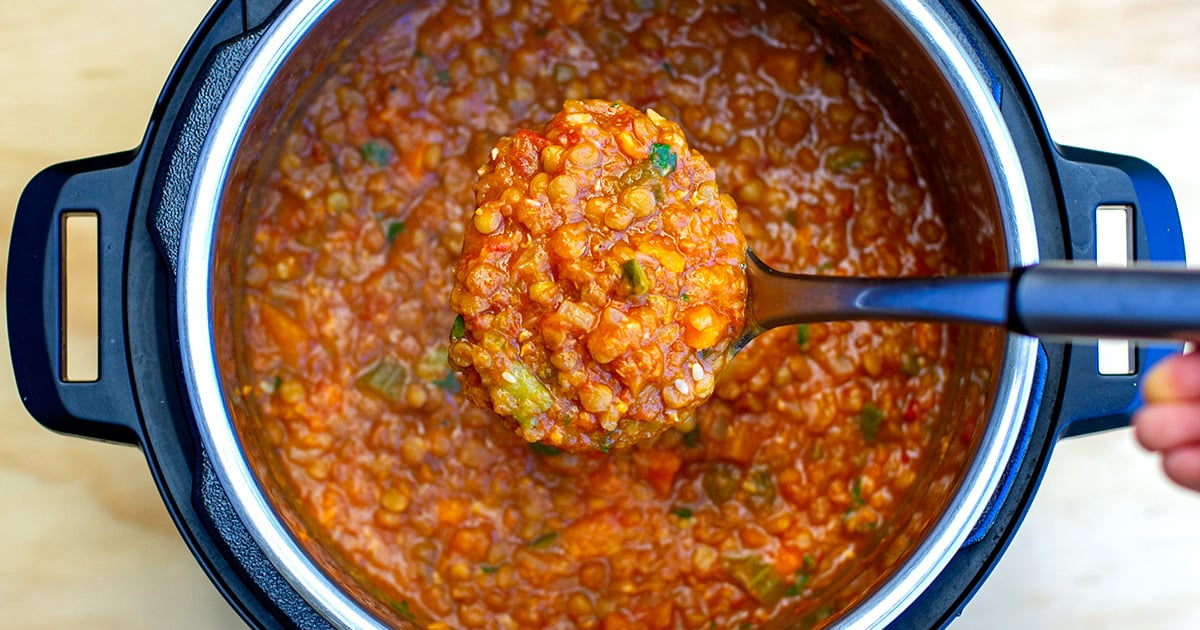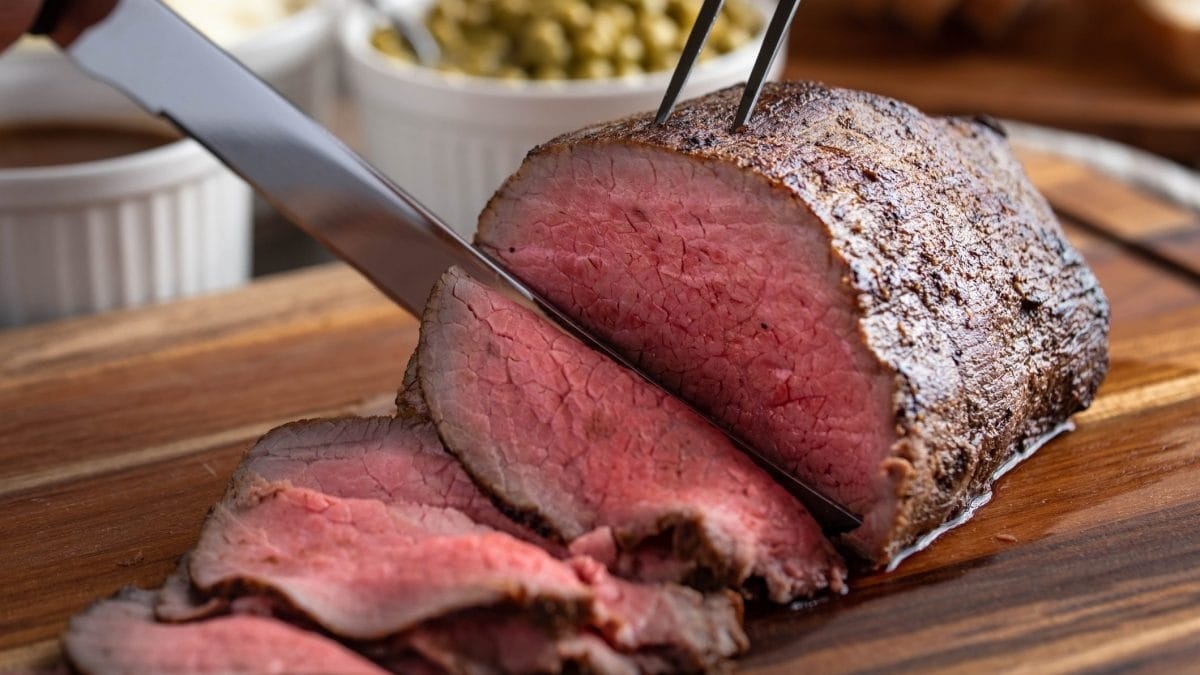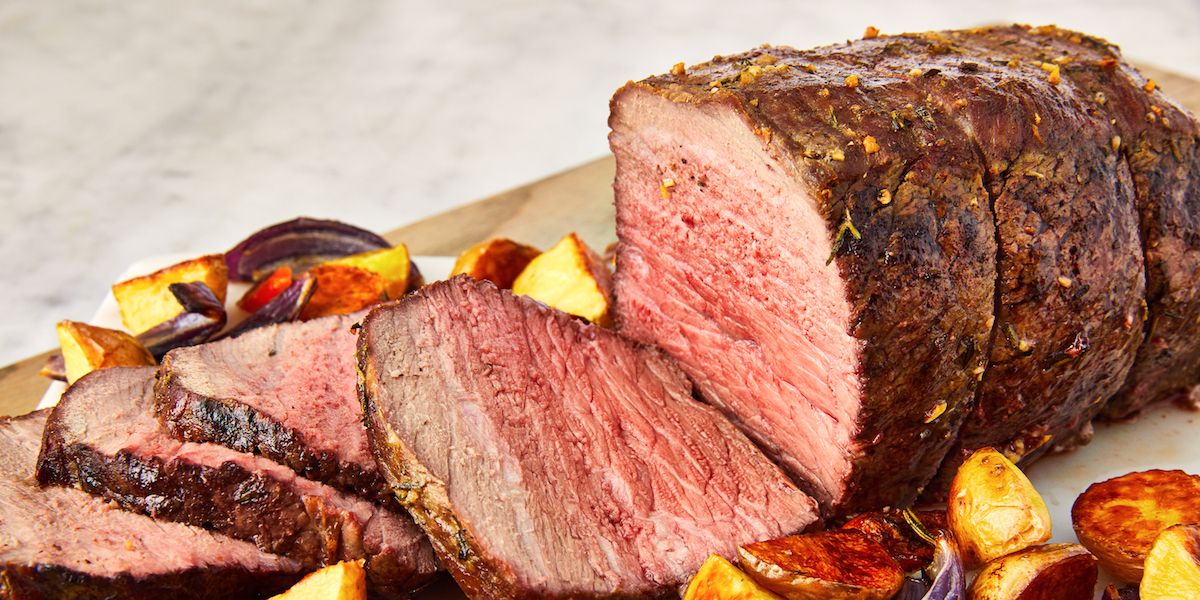Unlock the Delightful World of Purple Rice: A Step-by-Step Guide
Are you ready to dive into the vibrant and nutritious world of purple rice? This beautiful and exotic grain is packed with antioxidants and offers a delightful twist to your regular rice dishes. In this step-by-step guide, we will walk you through the process of cooking purple rice to perfection. Let’s get started!
Step 1: Choosing the Right Type of Purple Rice
Before we begin, it’s essential to choose the right type of purple rice. There are several varieties available, including Thai purple rice, Forbidden rice, and Bhutanese red rice. Each type has its unique flavor and texture, so feel free to experiment and find your favorite.
Step 2: Washing and Soaking the Purple Rice
Start by rinsing the purple rice thoroughly under cold water to remove any impurities. Once clean, transfer the rice to a bowl and cover it with water. Let it soak for about 30 minutes to an hour. Soaking the rice helps to improve the texture and reduce the cooking time.
Step 3: Cooking the Purple Rice
Now it’s time to cook the purple rice. The exact cooking time may vary depending on the variety you choose, so make sure to read the instructions on the package. However, as a general guideline, follow these steps:
- Drain the soaked rice using a fine-mesh sieve.
- In a saucepan, add the drained rice along with the appropriate amount of water. The ratio usually ranges from 1:1.5 to 1:2, depending on the desired texture.
- Bring the water to a boil over high heat.
- Once boiling, reduce the heat to low, cover the saucepan, and let the rice simmer for the recommended cooking time. Generally, it can take anywhere from 20 to 40 minutes.
- After the cooking time is up, turn off the heat and let the rice sit, covered, for about 5 minutes. This helps to ensure that the rice is fully cooked and all the flavors are well absorbed.
Step 4: Fluffing and Serving the Purple Rice
After the resting time, remove the cover and use a fork to fluff the rice gently. This will separate the grains and prevent them from clumping together. Purple rice is now ready to be enjoyed!
Pair your freshly cooked purple rice with your favorite protein, stir-fried vegetables, or even in salads for a colorful and nutritious meal. Its nutty flavor and slightly chewy texture will take your culinary creations to the next level.
Conclusion
Now that you know how to cook purple rice like a pro, it’s time to get creative in the kitchen. From vibrant Buddha bowls to flavorful rice puddings, the possibilities are endless. Explore and experiment with this beautiful grain to add a burst of color and flavor to your meals. Enjoy the journey into the delightful world of purple rice!
For anyone looking to try out the guide on cooking purple rice, there are several exciting recipes to explore. The Purple Rice Sushi Rolls are a great start for sushi lovers, offering a colorful twist on a classic dish. For a dessert option, Coconut Purple Rice Pudding provides a creamy and indulgent treat. If a hearty meal is what you're after, the Purple Rice and Teriyaki Chicken Bowl blends savory flavors perfectly. Those who enjoy salads should try the Thai Purple Rice Salad with Peanut Dressing, which adds a nutty and refreshing crunch. Lastly, the Korean Bibimbap with Purple Rice is a must-try for anyone wanting to experience a traditional Korean meal with a vibrant twist.
Was this page helpful?
Read Next: How To Cook Chicken With Water And Spices
